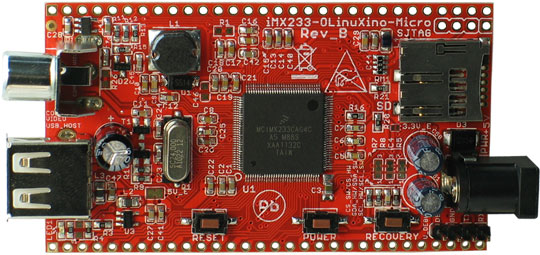Originally posted by mario
View Post
Ouch!
I'm using the 1.6 GHz Atom CPU with the in-built 64-bit floating point unit. It absolutely creams all of them. Next time, I'll use the 2x1.6 GHz dual-core Atom CPU.

Hey, all the stuff is waste of time & money. You can do it much cheaper and faster.

Aziz










Comment